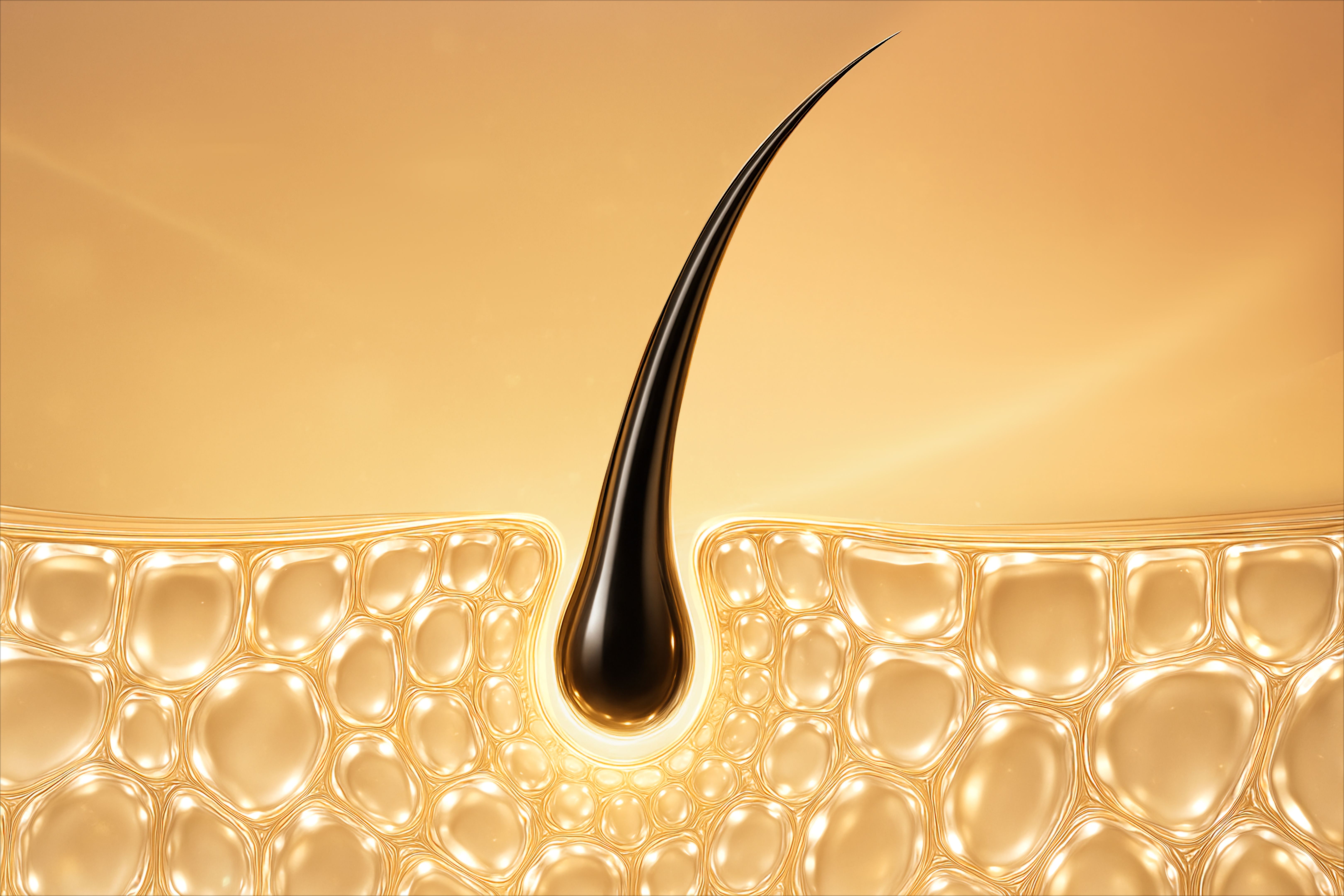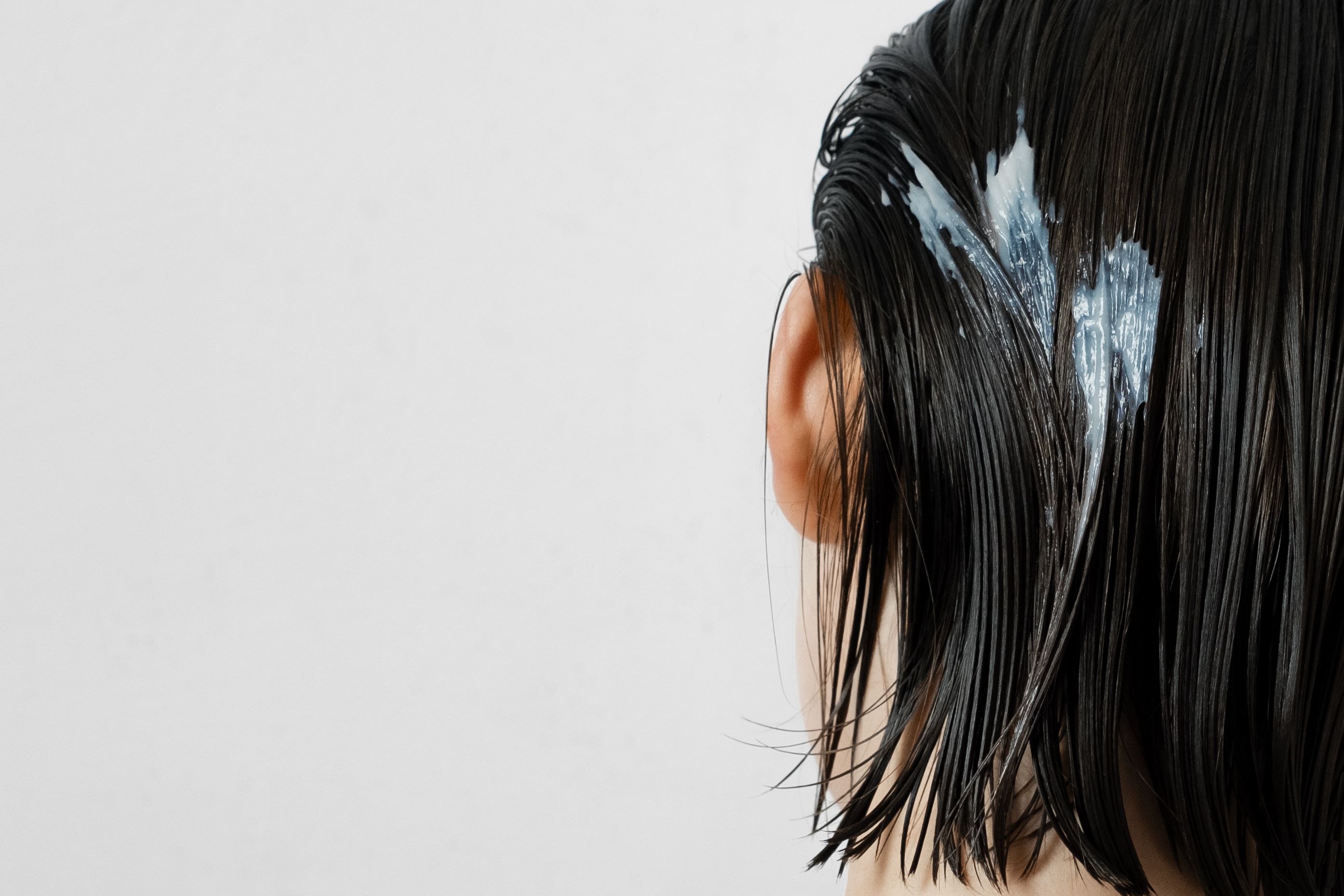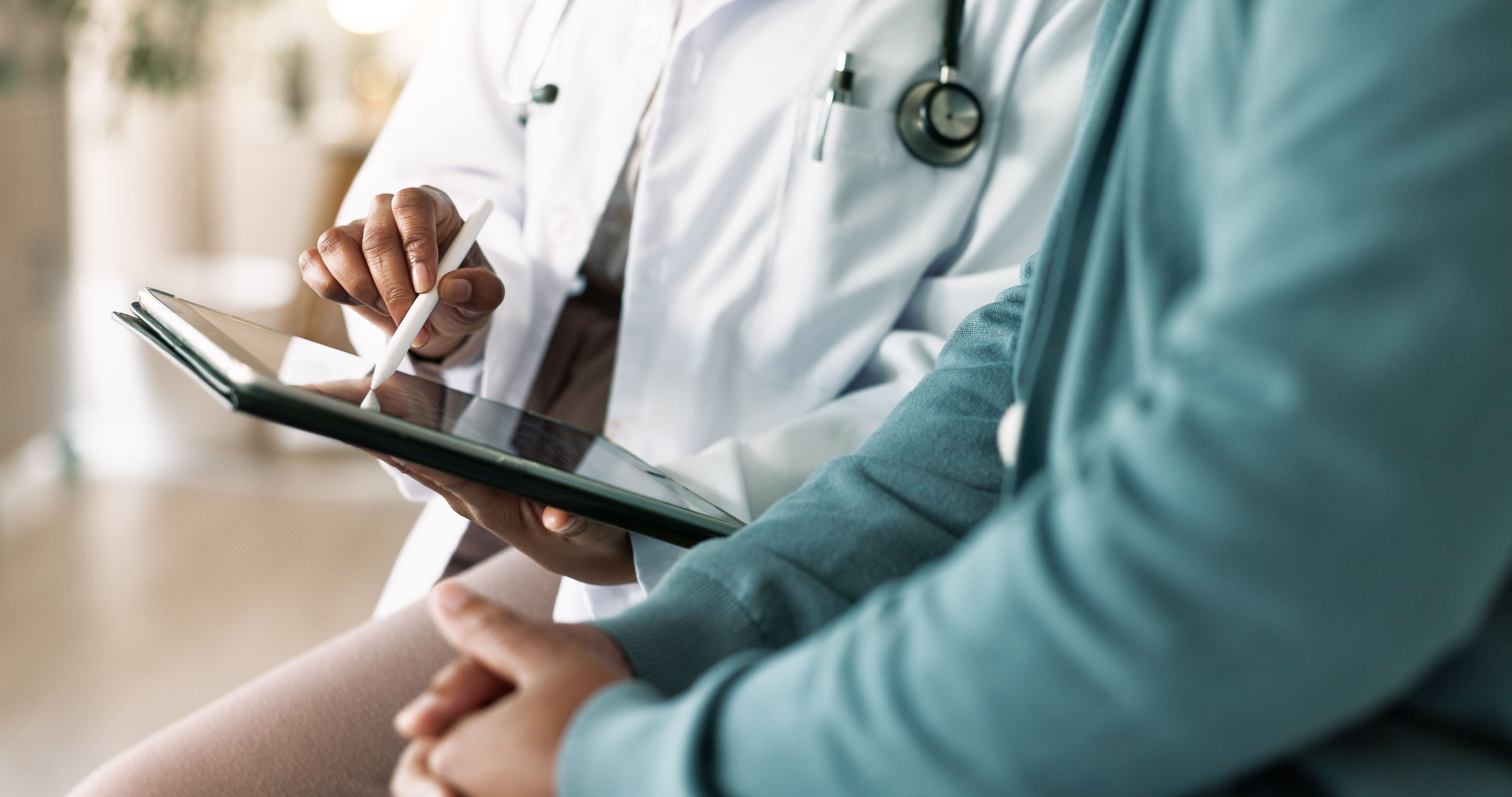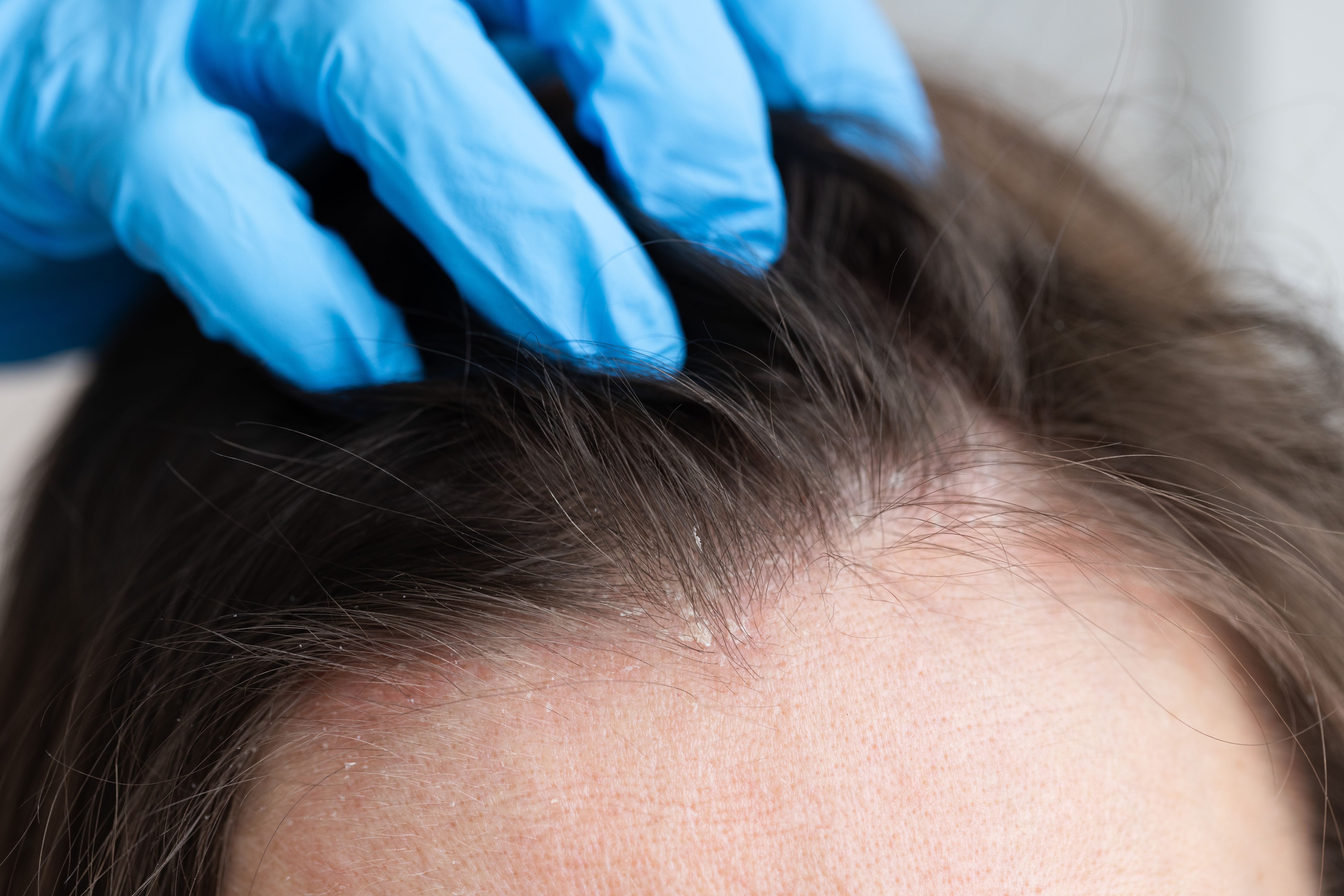Understanding Oral Minoxidil: Benefits and Considerations for Hair Loss
Ir
Oral minoxidil has rapidly grown in popularity as an effective option for treating male and female pattern hair loss. Originally developed as a blood-pressure medication, it was later discovered to have a powerful side effect: boosting hair growth. Today, many dermatologists and hair-loss specialists prescribe low-dose oral minoxidil off-label for patients wanting a stronger or more convenient alternative to topical treatments.
This guide breaks down how oral minoxidil works, how it compares to topical forms, results you can expect, who’s a good candidate, and the key side effects to be aware of.

How Oral Minoxidil Works
Although the exact mechanisms aren’t fully understood, several pathways explain why oral minoxidil is effective for hair regrowth:
1. Vasodilation (Improved Blood Flow)
Minoxidil widens blood vessels, increasing circulation to hair follicles. More blood flow means more oxygen and nutrients delivered to the hair root, supporting thicker, healthier growth.
2. Prolonging the Anagen (Growth) Phase
Minoxidil helps shift more hairs into the growth phase and keeps them there longer. This reduces shedding and leads to noticeably denser hair over time.
3. Opening Potassium Channels
Minoxidil activates potassium channels in follicle cells, stimulating hair activity and encouraging dormant follicles to re-enter the growth cycle.
4. Anti-Fibrotic Effects
Some evidence suggests minoxidil may reduce follicular fibrosis, a process involved in long-term miniaturisation which could help preserve hair over time.

Oral Minoxidil vs Topical Minoxidil: Which Works Better?
Both forms work, but there are clear differences in convenience, consistency, and results.
Effectiveness
Oral minoxidil tends to be more effective, especially in people who didn’t respond well to topical versions.
The systemic delivery ensures that every follicle receives a consistent dose, which avoids issues like poor absorption or missed application.
Convenience
Oral: once-daily tablet, no mess, no residue, no styling interference.
Topical: twice-daily application recommended, can be greasy or irritating.
Who Can Take Oral Minoxidil?
Low-dose oral minoxidil is commonly prescribed for:
1. Men with Male Pattern Baldness (Androgenetic Alopecia)
Especially those:
- Who didn’t respond to topical minoxidil
- Who dislike applying topical solutions/foams
- Who want to combine it with finasteride or dutasteride
2. Women with Female Pattern Hair Loss
Often at lower doses (e.g., 0.5–2.5 mg), especially for those who cannot use topical forms due to irritation.
3. People with Difficulty Adhering to Topical Regimens
A single daily tablet increases compliance significantly.
4. Patients with Beard or Eyebrow Thinning
Oral minoxidil can deliver more consistent results compared to topical.
Who Should Avoid or Use with Extra Caution
- Those with low blood pressure (hypotension)
- People on antihypertensives, diuretics, or heart medications
- Patients with kidney, liver, or heart conditions
- Pregnant or breastfeeding women
- Individuals prone to fluid retention or swelling
A proper medical assessment is important to ensure safe dosing.
Side Effects
Topical: primarily scalp itching, dandruff, irritation, or contact dermatitis.
Oral: more systemic effects (discussed below), but less scalp irritation.
Low-dose oral minoxidil (typically 0.5–5 mg daily) is generally well tolerated, but because it acts systemically, it can lead to the following side effects:
1. Increased Body Hair (Hypertrichosis)
The most common side effect.
Often appears on arms, legs, face, or back. Usually dose-dependent.
2. Water Retention / Swelling
Some people notice:
- Puffy eyes
- Swollen ankles
- Mild weight gain from fluid retention
This is due to minoxidil’s vasodilatory effect.
3. Faster Heart Rate (Tachycardia) or Palpitations
Uncommon but possible, especially at higher doses.
4. Dizziness or Light-headedness
Caused by a slight drop in blood pressure.
5. Headaches
Usually temporary.
6. Initial Shedding Phase
Like topical minoxidil, oral forms can trigger shedding during the first 4–8 weeks as follicles reset into the growth phase.
7. Rare: Chest Pain or Difficulty Breathing
These require immediate medical attention, though they are extremely uncommon at low doses.
Typical Patient Response
Non-responders to topical often respond to oral.
Some patients prefer oral simply because of better compliance and aesthetic cconvenience.

How Long Until You See Results?
Most people notice:
Reduced shedding: 6–8 weeks
Early regrowth: 3–4 months
Full results: 9–12 months
Photos and consistent monitoring help track progress, as changes can be subtle at first.

Conclusion
Oral minoxidil is a powerful and increasingly popular treatment option for hair loss, offering stronger, more consistent results compared to topical formulas especially for those who struggled with topical irritation or poor response. While it’s generally safe at low doses, it’s important to start under the guidance of a medical professional to monitor side effects and tailor dosing.
Whether taken alone or combined with DHT-blockers like finasteride or dutasteride, oral minoxidil can be a game-changer for restoring thickness, reducing shedding, and preserving long-term hair health.
